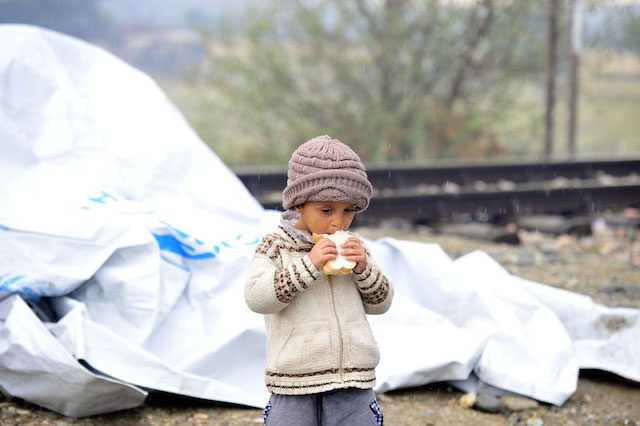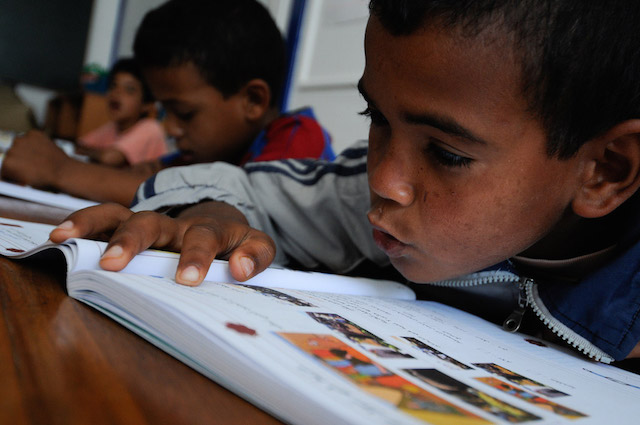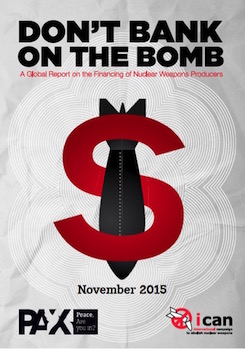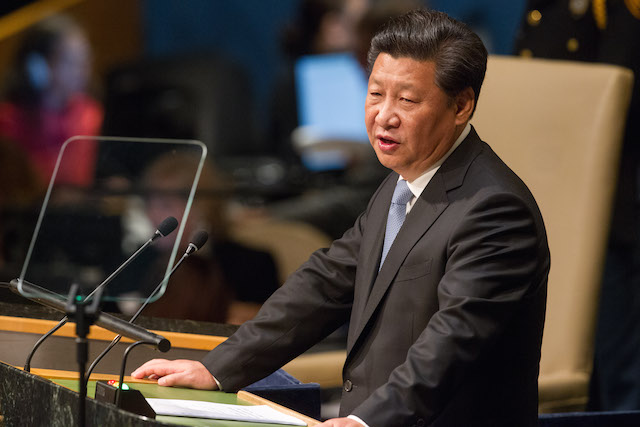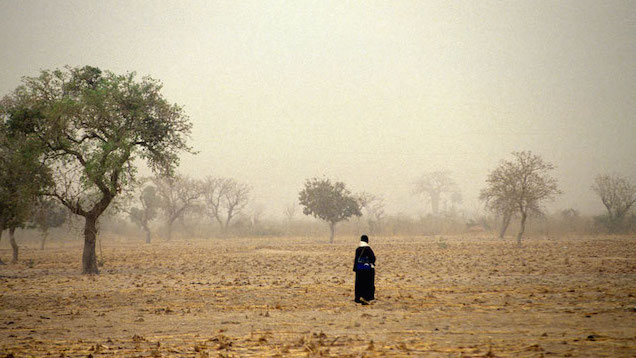By Jayantha Dhanapala* | IDN-InDepthNews Viewpoint
This article was originally published as Foreword to ‘Don’t Bank on the Bomb – A Global Report on the Financing of Nuclear Weapons Producers’, a joint publication of PAX and ICAN.
KANDY, Sri Lanka (IDN) – In a world of unconscionably high military expenditures which feed the conflicts that cause death, destruction and displacement of millions, we need to be constantly reminded of the wise words of President Dwight Eisenhower – a military man, who distinguished himself in World War II and then went on to be the U.S. President for two terms. Addressing his nation in a farewell address on January 17, 1961 Eisenhower – who I was privileged to meet as a student visitor to the US in 1957 – said:
”This conjunction of an immense military establishment and a large arms industry is new in the American experience. The total influence – economic, political, even spiritual – is felt in every city, every Statehouse, every office of the Federal government. We recognize the imperative need for this development. Yet we must not fail to comprehend its grave implications. Our toil, resources and livelihood are all involved; so is the very structure of our society.



